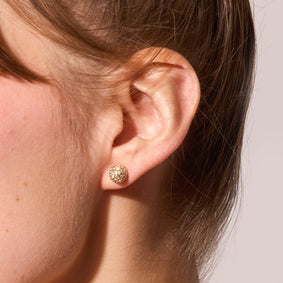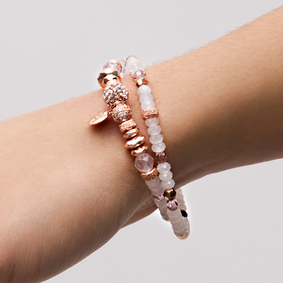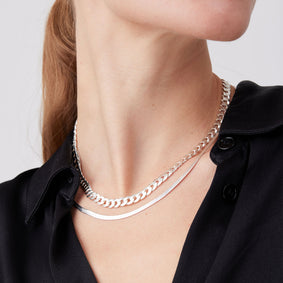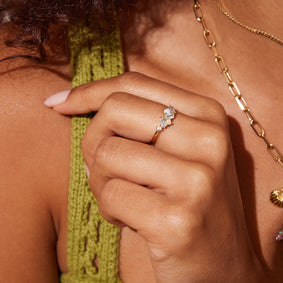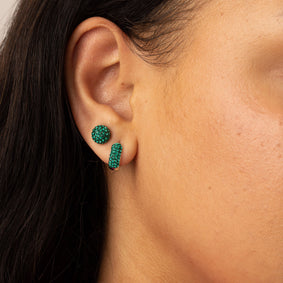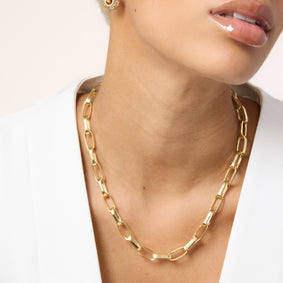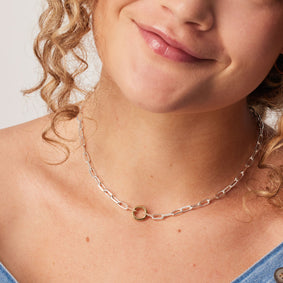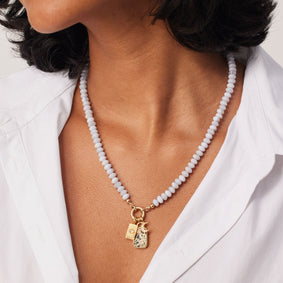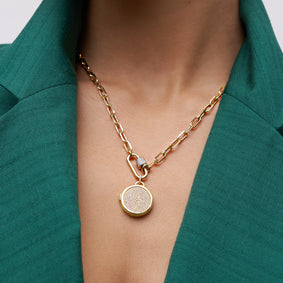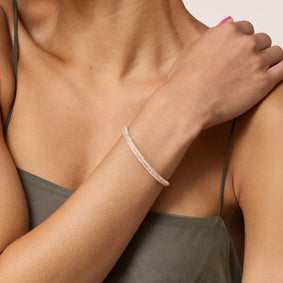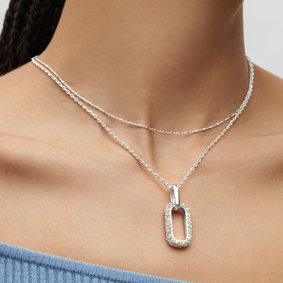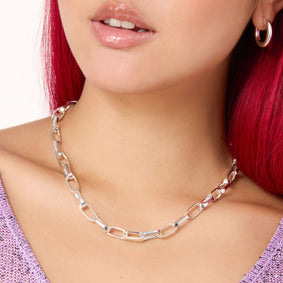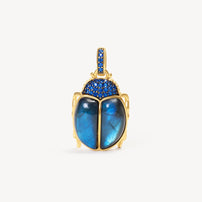Add a little sparkle to your cart. Explore our collections.
- Veröffentlicht am
The History of Jewelry: From Ancient Times to Today

The story of jewelry is as old as humanity itself, a glittering thread woven through the fabric of every civilization. From the simplest adornments of prehistoric times to the sophisticated masterpieces of today, jewelry has consistently reflected human innovation, cultural beliefs, social status, and personal expression.
In the earliest days, long before written history, our ancestors crafted ornaments from readily available natural materials. Shells, bones, feathers, pebbles, and animal teeth were strung together to form primitive necklaces and bracelets. These were not merely decorative; they likely served as talismans for protection, markers of tribal affiliation, or symbols of a successful hunt. The discovery of how to work metals marked a pivotal turning point, ushering in an era of more durable and intricate designs.
Ancient civilizations, particularly those in Mesopotamia and Egypt, elevated jewelry to an art form. The Egyptians, with their deep spiritual beliefs and reverence for the afterlife, created exquisite pieces from gold, silver, and vibrant gemstones like lapis lazuli and turquoise. These weren't just worn by the living; pharaohs and nobles were often buried with their elaborate jewelry, intended to accompany them into eternity and protect them on their journey. Symbolic motifs such as the scarab beetle, the ankh, and the Eye of Horus were commonplace, imbuing each piece with potent meaning.
The Greeks, known for their artistic prowess, favored more intricate and naturalistic designs, drawing inspiration from flowers, plants, and mythological figures. Their jewelry often showcased delicate filigree and granulation techniques. The Romans, on the other hand, viewed jewelry more as a display of power and wealth, incorporating large gemstones and often wearing multiple rings to denote their social standing. Signet rings, used to seal documents, were particularly important, signifying authority and identity.
During the Middle Ages in Europe, jewelry took on a distinctly religious character. Crosses, reliquaries, and pieces featuring Christian symbols were widely worn, reflecting the dominant influence of the Church. Precious stones were believed to possess protective or healing powers, and their value was determined by size and color rather than complex cuts, as cutting techniques were still rudimentary. As the Renaissance dawned, a renewed interest in classical art and humanism brought a revolution in jewelry design. Pieces became more detailed and expressive, with an emphasis on craftsmanship and the beauty of individual gemstones. Pendants became prominent, often intricately enameled or featuring portraits, reflecting the era's focus on individualism.
The Baroque and Rococo periods saw jewelry become even more elaborate and flamboyant, mirroring the grandeur and extravagance of the courts. Large, impressive gemstones, often set in dramatic, swirling designs, were highly fashionable. The Georgian era, spanning much of the 18th and early 19th centuries, brought a more refined elegance, with delicate settings and a growing appreciation for diamond cuts that maximized sparkle under candlelight. Sentimental jewelry, incorporating lockets or hairwork, also gained popularity.
The Victorian era, shaped by Queen Victoria's long reign and personal life, saw jewelry evolve through distinct phases. The early romantic period featured nature-inspired motifs and sentimental pieces. As the Queen entered mourning, dark, somber jewelry made from jet and onyx became fashionable. Later, archaeological discoveries ignited a fascination with ancient styles, leading to revivalist designs.
The turn of the 20th century ushered in the Art Nouveau movement, a dramatic departure from past styles. Jewelry became flowing, organic, and highly artistic, prioritizing design and craftsmanship over the sheer value of materials. Enamel work, often in the plique-à-jour technique resembling stained glass, was prominent, alongside motifs of nature, mythical creatures, and the female form. This was followed by the crisp, geometric lines of the Art Deco period, reflecting the dynamism of the Machine Age and drawing inspiration from Cubism and exotic cultures like ancient Egypt. Platinum and diamonds, often in bold, symmetrical arrangements, defined this era of modernity and luxury.
The mid-20th century saw a shift towards more accessible and adaptable designs, particularly after World War II when precious metals were scarce. The "Retro" era featured larger, often colorful semi-precious stones and bolder, more sculptural forms. The latter half of the century and into today have witnessed an unprecedented diversification. The rise of costume jewelry made fashion-forward pieces accessible to everyone, while fine jewelry embraced abstract forms, individual artistic expression, and a renewed focus on unique craftsmanship. The current era also emphasizes sustainability and ethical sourcing, with lab-grown diamonds and recycled metals gaining significant traction, reflecting a growing consciousness about the environmental and social impact of jewelry production.
From ancient amulets offering protection to modern statements of personal style, jewelry has continuously adapted, reflecting the spirit of each age while always serving its fundamental purpose: to adorn, to symbolize, and to captivate.
Produkte aus diesem Artikel
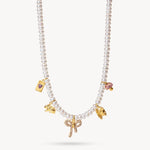
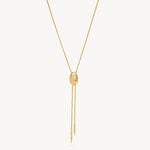
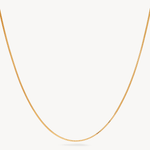
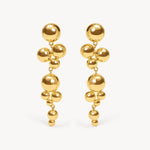
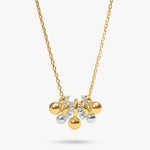
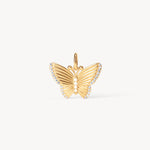
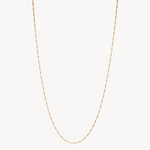
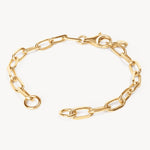
Auch lesen
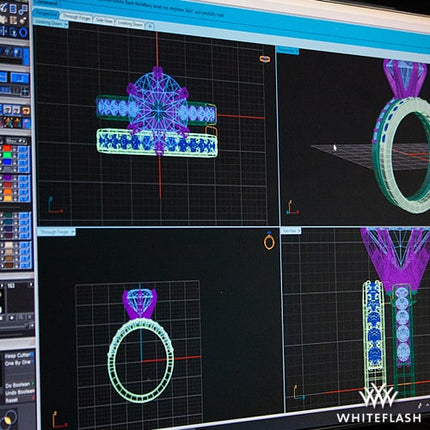
- Veröffentlicht am

- Veröffentlicht am
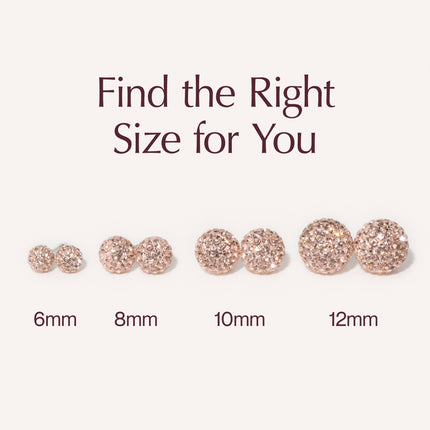
- Veröffentlicht am
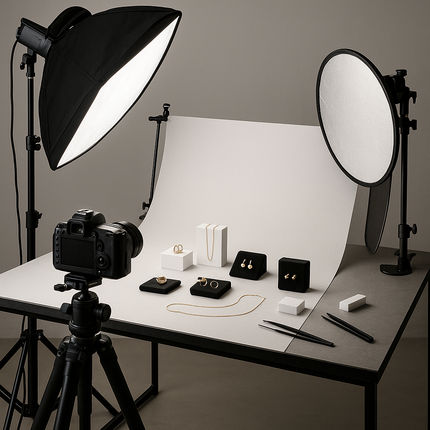
- Veröffentlicht am
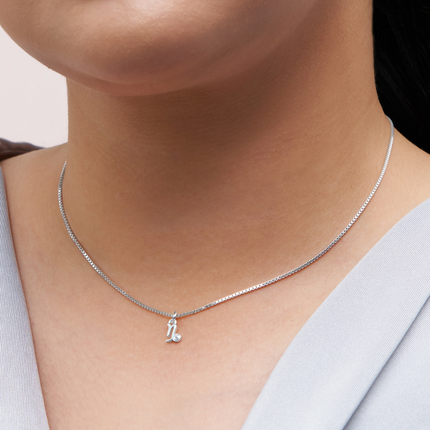
- Veröffentlicht am
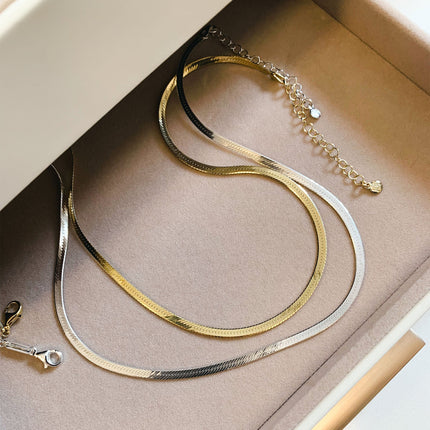
- Veröffentlicht am
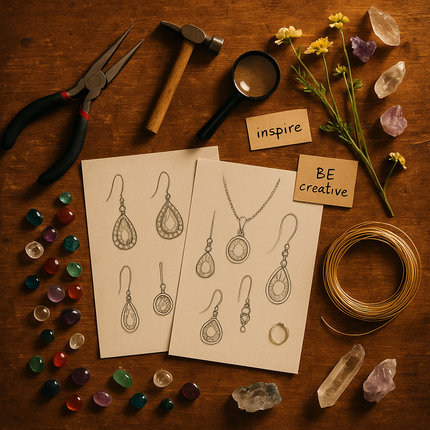
- Veröffentlicht am
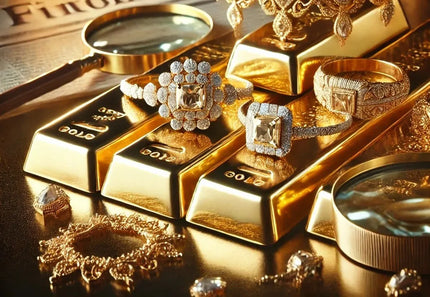
- Veröffentlicht am

- Veröffentlicht am
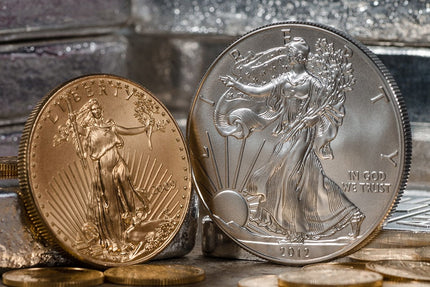
- Veröffentlicht am
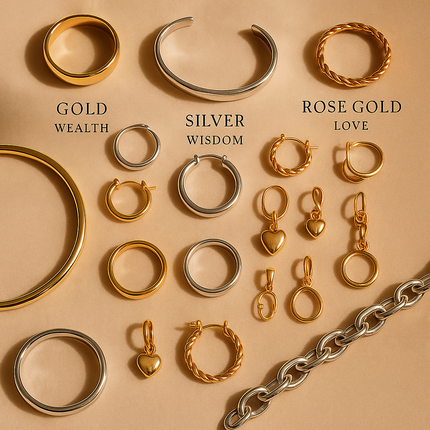
- Veröffentlicht am
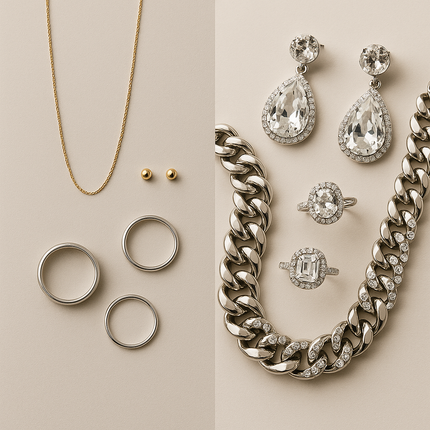
- Veröffentlicht am
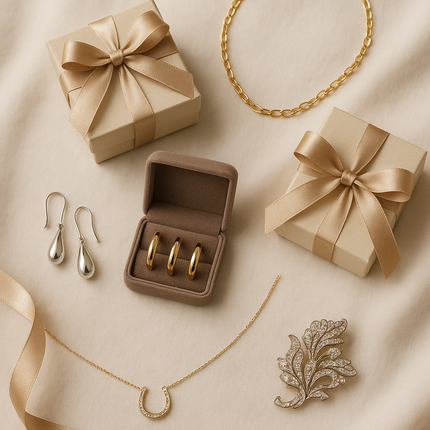
- Veröffentlicht am
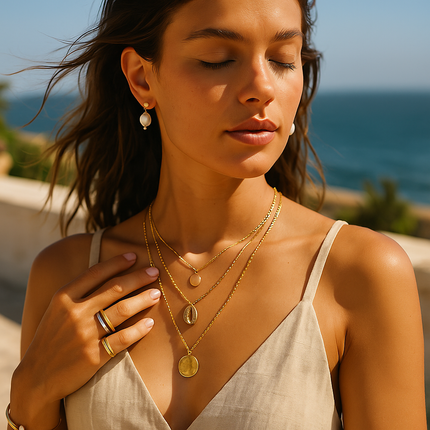
- Veröffentlicht am
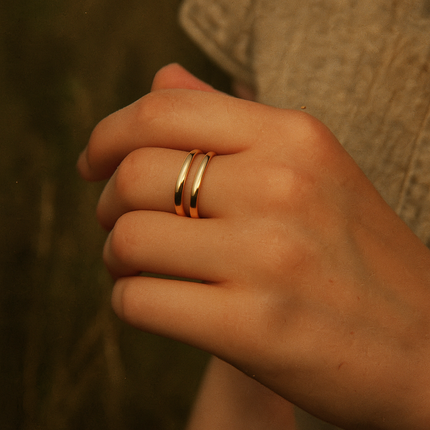
- Veröffentlicht am

- Veröffentlicht am

- Veröffentlicht am
